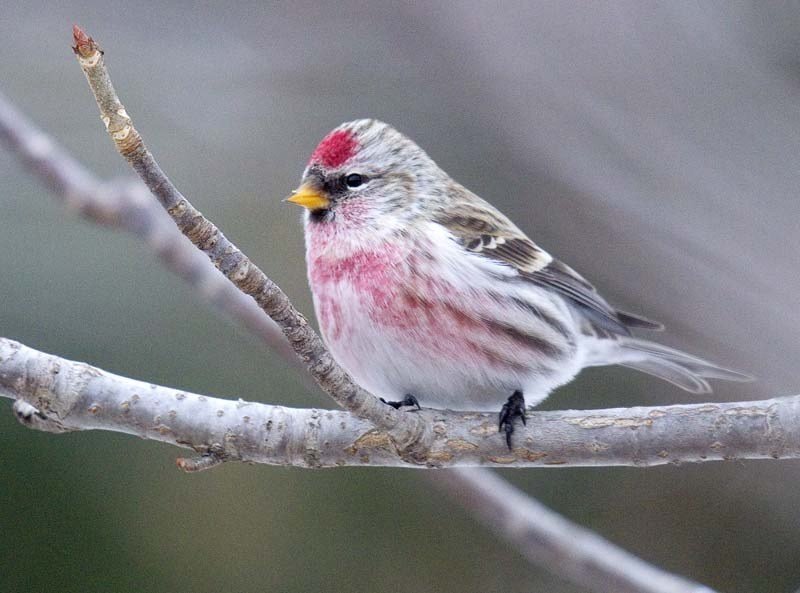Province of Alberta designates land for Big Island Provincial Park
On February 16, the Alberta Cabinet approved an Order in Council designating land to be known as Big Island Provincial Park. In September 2017, Edmonton City Council approved a recommendation that the Mayor write to the relevant provincial ministers indicating the City’s interest in the development of an Urban Regional Provincial Park, and request that the Province form a working group of partners to develop the concept.
The Council report noted that “Interest for an Urban Provincial Park located around the Big Island-Woodbend area was first raised with the Mayor’s Office in early 2016 during a meeting with the North Saskatchewan River Valley Conservation Society.” Our society is excited and supportive of the establishment of Big Island Provincial Park as an important step towards long-term protection of the North Saskatchewan River Valley.
The park will be cooperatively managed by the Government of Alberta, Enoch Cree Nation and City of Edmonton. This tri-governmental approach will ensure a sustainable future for Big Island and protect its ecological, historical and cultural significance. Video and more about Alberta’s newest provincial park at https://www.alberta.ca/big-island-provincial-park-engagement.aspx
Edmonton filled with stories of lost land and water bodies
Blair Tegart Photo
The Winterburn Woodland was a 46-hectare tableland forest that populated the lands south of Whitemud Drive, along 215 Street (Winterburn Road). Today, only 8 hectares of the original Winterburn Woodland remain within Edmonton’s boundaries, as part of The Hamptons neighbourhood.
Prior to its partial destruction, a 1993 study conducted by Geowest Environmental Consultants identified the area as one of 38 significant environmentally sensitive areas in the city, and one of 4 areas of regional significance, stating “The diversity of vegetation communities found within the Winterburn Woodlot is unparalleled within the city’s tableland area.”
Before development, the area was characterized by unique patches of vegetation, including upland layers of low-bush cranberry, raspberry, rose, and beaked hazelnut; and lowland wetland areas consisting of black spruce, larch, paper birch, and extensive occurrences of lady fern and oak fern.
In addition to its plant richness, the Winterburn Woodland provided critical habitat for white-tailed deer and 33 avian species, including a pair of Cooper’s hawks, which were considered a vulnerable species in the 1990s, and one of the largest populations of western wood-pewee in the city. Precisely because of the area’s high species diversity, and the sensitivity of the local wetland hydrology, Geowest advised against further disturbances to the woodland.
On May 25, 1998, the City of Edmonton approved The Hamptons Neighbourhood Structure Plan and, consequently, the plan to bulldoze the majority of the Winterburn Woodland. In 2006, through money from the Municipal Reserve and Natural Area Reserve Fund, the City conserved a 7.9-hectare parcel, now known as The Winterburn Woodland natural area which is one of the largest retained tableland forest patches within the urbanized areas of the city. Read the full story at https://citymuseumedmonton.ca/2023/02/15/the-winterburn-woodland/
As we fight to protect species, let’s not forget the familiar ones
Abundance provides only a partial buffer against extinction. Common species, even those in seemingly limitless numbers, are not immune to decimation. Increasingly, conservation is turning its sights in this direction to safeguard what is common, not just what is rare.
There are good reasons to consider the common. Abundant species can serve as the proverbial canaries in a coal mine. A study of North American birds uncovered that we have lost three billion birds on this continent within the past two generations.
These declines include species once deemed widespread and secure, like the common redpoll, whose numbers are down by 29 million, the common grackle, down by 83 million and the common nighthawk, down by 26 million. The staggering losses are a reminder that the mark of a species in trouble is not rarity, but rate of decline.
Notably, the shifts in abundance of common species can translate into sizeable shifts in ecosystem functioning. Birds, despite their diminutive stature, throw their aggregate weight around, owing to the innumerable insects they eat, the flowers they pollinate and the seeds they disperse. More at https://theconversation.com/as-we-fight-to-protect-species-on-the-brink-of-extinction-lets-not-forget-the-familiar-ones-199307
Grove of Light by Laura Haddad & Tom Drugan, Edmonton Valley Zoo. https://www.edmontonpublicart.ca/#!/details/119
Comment or contribution
Please note that articles may not reflect the position of NSRVCS. River Valley News is meant to be a clearinghouse for the wide variety of opinions and ideas about Edmonton’s River Valley. Email river valley photos, event information, comments, or questions to nsrivervalley@gmail.com
Sincerely yours,
Harvey Voogd
North Saskatchewan River Valley Conservation Society
780.691.1712




